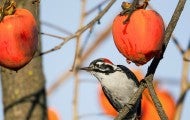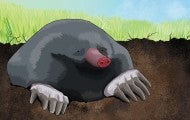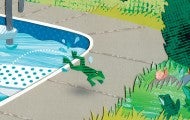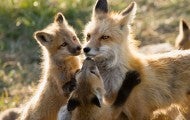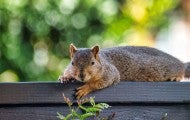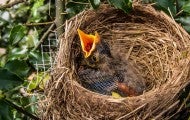Showing 8 of 8 results
It seemed like a good idea at the time: Buy a house with a two-acre property, let our energetic herding dog have the run of the place and spend blissful summer days digging side by side in the dirt with her. And it was blissful, watching Mattie carve out her napping spots behind the ferns and tall...
Foxes are omnivores, hunting very small animals and scavenging in cities and towns where freely available pet food and garbage can make life easier. It’s not unusual for a fox to be seen out and about during the day. Learn More About Foxes Foxes are afraid of people and will usually run away when...
